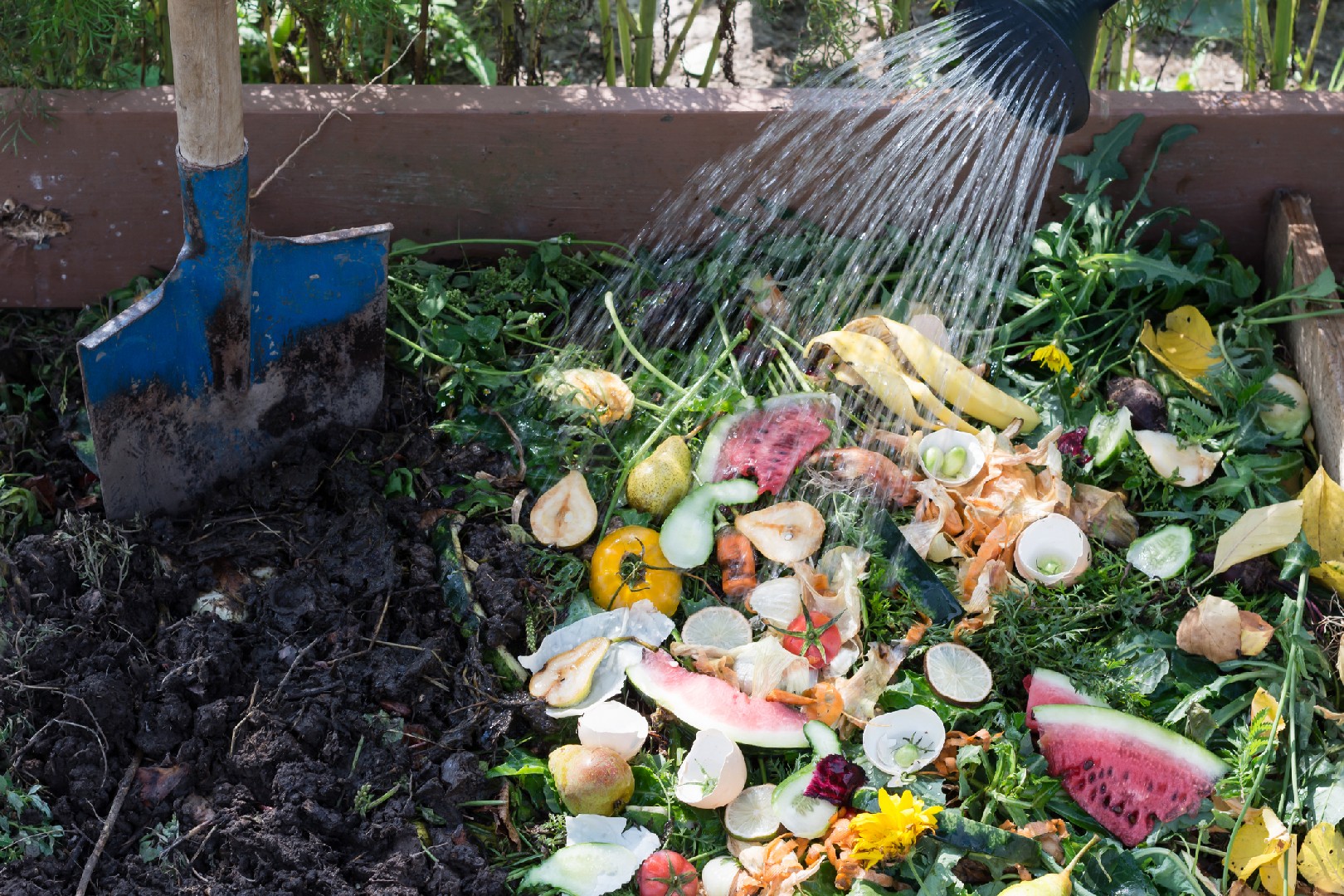![Rectangle]()
Compost Bin: The Foundation for Successful Composting
The compost bin is an essential tool for anyone looking to create an eco-friendly garden. It serves as the foundation for successful composting, providing a controlled environment for the decomposition process to occur. By understanding the purpose and utility of a compost bin, as well as the different types available, you can make an informed decision and choose the right one for your needs.
One of the main purposes of a compost bin is to contain the organic waste materials that will be converted into compost. These materials include kitchen scraps, yard waste, and other biodegradable items. Without a compost bin, these materials may simply decompose on the ground, creating a mess and attracting pests. The compost bin keeps everything contained and makes it easier to manage.
There are several different types of compost bins available, each with its own benefits and considerations. The most common types are stationary bins, rolling bins, and worm compost bins. Stationary bins are often made of wood or plastic and are designed to be placed in a fixed location. They provide a stable environment for composting and are typically larger in size, making them suitable for larger gardens.
Rolling bins, on the other hand, are designed to be mobile, allowing you to easily move them around your garden. This can be useful if you have limited space or if you want to distribute the compost evenly. Rolling bins are often made of plastic and have a tumbling mechanism that helps accelerate the decomposition process.
Worm compost bins, also known as vermicomposting bins, are a specialized type of compost bin that utilizes worm activity to break down organic waste. These bins are often stackable and have multiple trays that house the worms. The worms feed on the organic waste and produce nutrient-rich compost known as worm castings. This type of composting is ideal for small spaces and can be done indoors as well.
When choosing the right compost bin for your needs, there are a few key factors to consider. First, think about the amount of organic waste you generate and the available space in your garden. If you have a large garden and generate a significant amount of waste, a larger stationary bin may be suitable. If you have limited space or a smaller garden, a rolling bin or worm compost bin may be a better option.
Additionally, consider the level of maintenance you are willing to commit to. Stationary bins require less maintenance but may take longer for the composting process to complete. Rolling bins and worm compost bins require more frequent turning or feeding, respectively, but can result in faster compost production.
In conclusion, a compost bin is the foundation for successful composting in an eco-friendly garden. By understanding the purpose and utility of a compost bin, as well as the different types available, you can choose the right one for your needs. Whether you opt for a stationary bin, a rolling bin, or a worm compost bin, make sure to consider factors such as the amount of waste generated and the available space in your garden. With the right compost bin, you'll be on your way to creating nutrient-rich compost and cultivating a thriving garden.





